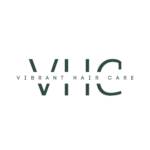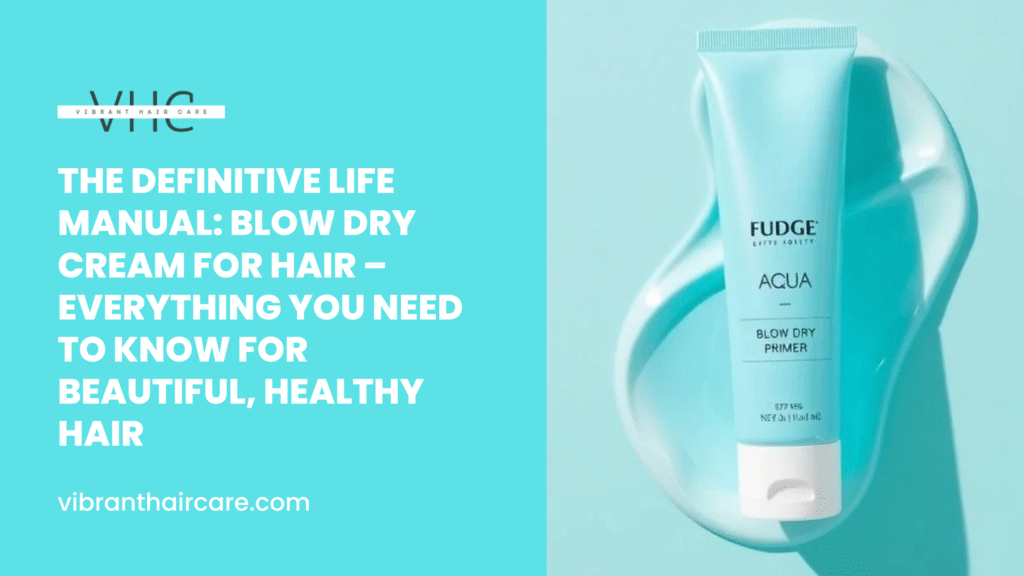Table of Contents
Introduction: Flat Iron Styling Done Right = Salon Hair Every Day
Having smooth, shiny, anti-frizz hair is something that can be pretty magical. As soon as you see it, you feel confident, you look stylish, and you fit into any style, whether glam or relaxed chic. This is the reason why the flat iron styling technique is one of the most used methods of contemporary hair care practice. When applied properly, it may as well provide you with salon-like outcomes at the comfort of your own home, without forcing you to pay a hefty fee.

However, here is where the twist is: flat ironing can be very big trouble if you are not keen. Simple errors such as excess heat, failure to apply heat protectant, or dealing with the wrong implement usually result in drier, frizzy, or even damaged hair that does not last long in its shape. The result? Disillusionment, shattering, and a style that just limps along.
This is why this guide is an obligatory read. In the chapters below, you will see 6 professionally tested tips about flat iron styling, which will assist you in:
- Make sure that your hair is protected against the heat
- Seal silky, no frizz finishes
- And a serious style makes it last all day and night
It does not matter whether you are a novice or an expert in using a flat iron, but the following tips can make your routine an exceptional practice that will make every day a good day, regardless of your hair type.
1. Start with the Right Prep:
Clean, Dry & Product-Protected is a no-negotiable activity even before you can lift up your flat iron. Why? Since ironing on greasy or wet hair is among the quickest mechanisms to attract frizz, irregular texture, and heat damage.
Use completely dry hair that has just been washed. Humidity that has been trapped in your strands might make the iron actually steam your hair internally, thus breaking. And residues or remnants of oil can get cooked on the flat iron plates, so your hair will be greasy or sticky as opposed to smooth.
Then spray your hair with a heat-protecting spray or serum. This forms a shield against loss of moisture and an insulator against the high temperatures. Fancy a smooth surface? Apply a thin smoothing serum or cream on the medium to ends to calm flyaway hair and provide shine.
Lastly, it would benefit you to smooth your hair prior to using the flat iron; do this with the use of your own blow dryer– this saves the amount of work required by the flat iron. Gently stretch the hair as it dries rather than brushing up the hair and blow drying down the hair so the cuticle is smoothed to prevent frizz from forming, even before you start.
2. Choose the Right Flat Iron for Your Hair Type
Not every common flat iron is equally good-and even a wrong one can make your hair appear indifferent (or fried). The most beneficial outcomes of flat iron styling are meant to be produced with the help of the tool that fits your hair best in terms of its texture, thickness, and length.
Plate Materials:
- Ceramic: Fine-med fine-med hair. Heats uniformly and has no hot Spots.
- Titanium: This is good on coarse, curly, and thick hair. Warms really fast and provides more straightening force.
- Tourmaline: This is good in case of frizz reduction and an increase in shine in damaged or dry hair types.
Plate Width:
- 1 inch: the most versatile- ideal to use on all lengths and to curl/wave as well.
- Narrow (0.5″-0.75″): Good for a hairline scar or when you have short hair.
- Wide (1.5″ 2″): Faster on straightening longer and thicker hair.
Adjustable Heat Settings: Always opt to buy a flat iron that has adjustable temperature control or a flat iron that has digital control. Fine hair should generally require less heat (300-350°F), and thick or coarse hair might require up to 410°F. Do not iron iron) in maximum level unless you are forced to because this will do more damage than benefit.
3. Section Strategically: Thin Sections = Smooth Perfection
Desire to go to the salon caliber with your flat iron styling? The difference is all in the sections. Working big pieces of hair quickly is the approach most individuals take in straightening, and this only causes unevenness, missed areas, and the distinctive frizz halo.
Rather, use thin, clean strips that are no more than the rectangle of the flat iron. That guarantees even spreading of heat, it is more controllable, and minimizes the necessity to pass the same zone several times (which causes damage).
Pro Sectioning Tips:
- Criss-cross-sect your hair by using clips to separate it into 4 to 6 parts (use more parts when your hair is thick)
- Take the base layers and then build on them
- Get a fine-tooth comb or a rat-tail comb to part it efficiently
One Pass Rule: When you are using the correct temperature, correctly prepared hair, and a proper amount of tension, then you can only make one slow and steady pass on each section. Other than that = too much heat and additional possibilities of destruction.
Check Out: Twist Out Method: 7 Transformative Steps for Defined, Bouncy Curls.
4. Use the Chase Method for Salon-Level Smoothness

Have you ever wondered how the stylists manage to leave the hair so straight and smooth? You must talk about the chase technique. This is a pro-level method, combining the mere usage of a flat iron alongside a rat-tail or fine-tooth comb, providing the very sleek, shine-like look to the hair at the utmost level, particularly to the thick, curly, or coarse types of hair.
How It Works:
- Put the comb slightly in front of the flat iron whilst sliding down every section
- The comb separates and smooths out the hair and spreads the hair just before heating it up
- This enables the flat iron to squeeze on aligned hair strands, which destroys the puffiness and the necessity of more passes.
Why Stylists Love It:
- Achieves more ready-to-apply, slicker outputs with a single pass
- Assists in keeping the tension, particularly the roots
- Best suited for natural textures or frizz-prone hair types
Pro Tip: Do not use a comb that can melt and get damaged in the heat. The finer and smaller the teeth, the smoother the finish may be.
5. Control the Angle: Flip, Curve, or Straighten Like a Pro
A flat iron is not a straight hair tool; it is also a potent, faultless instrument when the procedure is applied at the correct angle. Your grip and the angle of the flat iron, as well as the way you swivel your hand,n d can alter the end result totally.
Styling Options by Angle:
- Straightening: Keep the flat iron vertical with the piece of hair, and straighten the slip down
- Curling or waving: Turn the flat iron a half turn (as when curling ribbon), then pull slowly through
- Flipping ends: At the end of each of the sections, a bit of inward or outward flick makes them more personal and gives them lift
Avoid These Mistakes:
- Using the flat iron at unnatural angles causes crevices or rugged lines
- Scalding at a hasty or varied rate causes patchy straightening
- Undetermined tensions, curling will produce frizzy, loose waves
Pro Tip: Get used to moving your wrist first at a low heat. It’s when you have this down pat that your options of using a flat iron are doubled.
6. Lock It In: Cool Down & Seal for Long-Lasting Shine

You have straightened your hair, and it has turned out great; there is no need to mess it up (rushing through the process of the last step). It is also much needed to leave your hair until it feels cool down and touch it or style it further so that it has a chance to set in a new position and keep it smooth longer.
Why Cooling Down Matters: Hot hair remains soft. The styling or brushing too early might result in frizz or dents. Let it cool down naturally, and only after that, add some final touches.
Finishing Product Must-Haves:
- Anti-humidity sprays: Provide a protection shield against moisture, particularly in humid environments
- Shine serums: Gimme shine without shine-shine Shine serums: Give me shine without shine-shine
- Light-hold hair sprays: prevent the stiffening of your arrangement
Bonus Tip: Use serums or oils sparsely and only on the middle of the hair and ends. This stops excessive accumulation around the roots and makes your style bouncy and fresh.
Conclusion: Master Flat Iron Styling for Smooth Hair That Lasts
The key to mastering the flat iron lies in your best friend’s knowledge and the best tools that would turn your flat iron into your secret weapon to create sleek, frizz-free hair without going to a salon. The distinction between flat, overheated outcomes and glossy extended-living appears to basically adhere to the most fundamental of methodology, security, and penalization.
Here we go, a speedy rundown on the 6 hair styling secrets any pro flat iron wielder knows:
- Begin with the proper preparation: dry, clean, and thermal-protected
- Get the best flat iron to suit both your hair length and hair type
- Divide the Section into uniform and consistent results
- Apply the chase technique in order to get rid of the frizz and increase smoothness
- Hone in on the angle to curl, flip, or straighten
- Seal it up by using a cool-down and featherweight finishing products
It will just require some practice and trial, but the reward is the lasting, radiant, healthy hair. Stunning hair can be turned into an everyday affair with regular grooming and a proper flat iron straightening regimen.
For more info: Click Here.
FAQs About Flat Iron Styling
Q1. Is it possible to straighten my hair every day?
Use of the flat iron on a daily basis should be avoided, particularly by people having fine, fragile, or coloured hair. Too frequent use (2-3 a week) should be avoided, but only with a heat protectant and deep-conditioning in between, in order not to damage your hair.
Q2. What is the perfect temperature to flat iron?
- Fine or weakened hair: 280 320 140 160 o F (140 160o °C)
- Normal hair: 330370 C (165190 C)
- Thick/ coarse: 3801410F (193210 C)
And the trick to avoid heat damage is to use a flat iron with adjustable temperature control.
Q3. Why does my hair get frizzy right after straightening?
This is usually due to:
- Hair straightening with a wet extension
- Missing out on heat protectant or frizz-control products
- Bad temperature conditions or even using a low-quality flat iron
Take care to allow hair a chance to cool completely and seal your style at the end with an anti-humidity spray.




